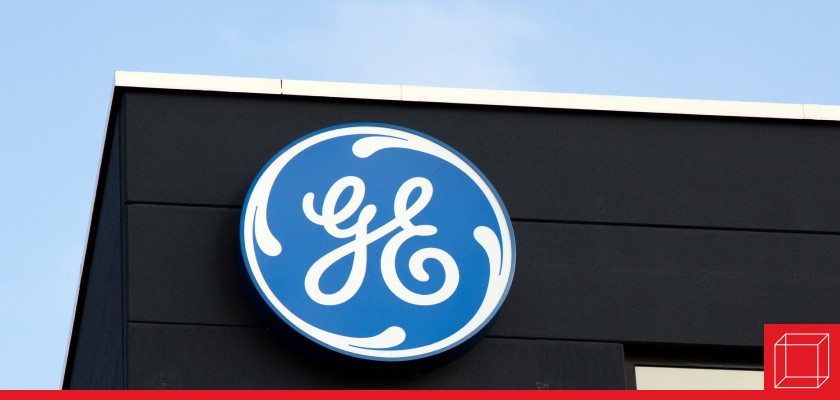The Breakup of GE
General Electric built itself by acquiring other companies to create an extremely diversified corporation.

In Chapter 2, we discussed the trends regarding mergers and acquisitions (M&A), and often the focus of the popular press is on M&A activity. Almost all M&As are based in the idea of “synergy,” i.e., that the value of the two companies combined (after the merger) is greater than the value of the two companies independent of one another. Usually, this synergy comes from (a) complementarity, or having products or capabilities that complement one another, (b) efficiency, or eliminating duplicative people or capabilities or (c) market power, meaning that the combined firm has greater ability to raise prices because of a lack of competitors. Conglomerate companies such as VF Corporation, Ingersoll Rand, United Technologies, and General Electric built themselves by acquiring other companies to create an extremely diversified corporation.
However, a more recent trend is the breakup of conglomerate companies into multiple smaller and more focused companies. Ingersoll Rand broke up into two companies (Trane Technologies being the new one) and United Technologies shed some of its businesses through either spinning off independent companies such as Otis Elevator or selling parts to other corporations such as Honeywell. But the most visible breakup is that of what used to be one of the world’s most admired companies, General Electric (GE).
GE’s financial struggles began in 2018 when several past acquisitions, such as the acquisition of Ahlstrom, a French energy company, began to go bad. A short and unsuccessful CEO succession led to the board placing former Danaher CEO Larry Culp, then a GE board member, into the CEO role, the first time an outsider took on the role in GE history. To cut costs, Culp initially began to reduce the headcount in the corporate headquarters and pushed more decision-making authority to the business units. He did not intend to break up the company, but by 2021 it became apparent that the value of GE would be greater if it was divided into 3 different, and more focused, companies. It combined the energy and renewable energy businesses into one entity, one company focused on healthcare, and one business focused on aviation.
As of March 2023, the breakup seems to be working. In January, GE spun off the healthcare business, and in early 2024 they will separate the aviation and energy business. On March 9, GE’s shares increased the most they have since 2018. It has extended GE’s stock growth over the past year of 40%. While most mergers are based on the idea of “achieving synergy,” the GE breakup exhibits what is increasingly referred to as “unlocking value.”
Discussion Questions:
What human capital/talent/HR issues do you think exist in large conglomerate companies that are advantages? What issues are disadvantages?
What kinds of HR issues do you think have to be dealt with as a large conglomerate company breaks up?
Sources: Gryta, T. (Nov. 9, 2021). ‘The end of the GE we knew: Breakup turns a page in modern business history. Wall Street Journal. https://www.wsj.com/articles/the-end-of-the-ge-we-knew-breakup-turns-a-page-in-modern-business-history-11636509385?mod=saved_content
Beene, R. (March 10, 2023). GE Chief’s bold moves are finally winning Wall Street’s approval. Bloomberg, https://www.bloomberg.com/news/articles/2023-03-10/ge-chief-s-bold-moves-are-finally-winning-wall-street-s-approval#xj4y7vzkg
Notes for instructors: GE’s old employee value proposition was that you could have a career across several companies while staying at GE. In addition, their large scale made it possible for them to fund large training and development investments such as their iconic Crotonville Learning Center. However, the downside is large, bloated bureaucracies and slow decision making. In breaking up the companies a number of HR issues emerge, but in particular it entails setting up completely new leadership teams and new boards of directors for each company. In addition, the new leaner companies do not have the same level of resources to invest in training and development, yet will have to build them, often from scratch.